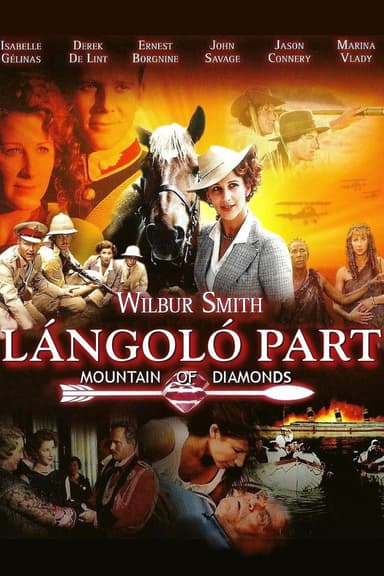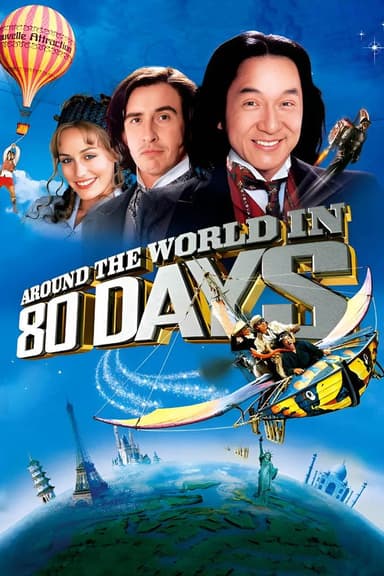
King Solomon's Mines
1985 • Action, Adventure, Comedy • PG-13
Ever in search of adventure, explorer Allan Quatermain agrees to join the beautiful Jesse Huston on a mission to locate her archaeologist father, who has been abducted for his knowledge of the legendary mines of King Solomon. As the kidnappers, led by sinister German military officer Bockner, journey into the wilds of Africa, Allan and Jesse track the party and must contend with fierce natives and dangerous creatures, among other perils.
Runtime: 1h 40m
Why you should read the novel
If you found yourself captivated by the thrilling journey in King Solomon’s Mines (1985), consider delving into the original novel by H. Rider Haggard. The source material offers an even richer and more immersive adventure, showcasing the stunning landscapes and cultures of Africa through vivid descriptions and compelling storytelling. Reading the book allows you to experience the suspense, mystery, and depth of character that only classic literature can provide.
Unlike the film adaptation, Haggard’s novel delivers an authentic look at Victorian-era exploration and the daring exploits of Allan Quatermain. His prose brings the hidden dangers and ancient secrets of Africa alive, making every page a nail-biting journey into the unknown. Engaging with the book enables you to appreciate the historical context and themes that shaped this cornerstone of adventure literature.
Enjoying King Solomon’s Mines in its written form will transport you to a world of lost kingdoms, treasure, and heroism far beyond what the movie can convey. It's a timeless story that has inspired generations of readers and adventurers alike. Pick up the novel to discover every nuance and detail that Hollywood simply couldn’t capture!
Adaptation differences
One of the biggest differences between King Solomon’s Mines (1985) and H. Rider Haggard’s original novel lies in their tone and style. While the book is a serious, suspense-driven tale of exploration with philosophical undertones, the film adaptation leans heavily into comedy, camp, and action, echoing the popular Indiana Jones films of its era. This shift in tone transforms the story's overall impact and the way viewers (or readers) connect with the characters.
Additionally, the characterization and relationships in the movie differ notably from the source material. In the novel, Allan Quatermain is depicted as a pragmatic, reflective leader who questions his own morality, whereas in the film, he becomes more of a straightforward, wisecracking action hero. The introduction of overt romantic subplots and sidekick-style humor also distinguishes the movie from Haggard’s more nuanced character studies.
Plot and setting divergences are common between the book and film. The movie makes substantial changes to events, often adding spectacular set pieces or fight scenes that were never present in the novel. For example, many action sequences and chases are inventions of the filmmakers to heighten excitement and entertainment, while the book's intricate depiction of African culture, politics, and geography is significantly simplified or omitted.
Moreover, the movie streamlines or alters characters, locations, and the origin of King Solomon’s treasure for cinematic appeal, omitting or combining several key details and characters. Fans of adventure literature will appreciate how the novel weaves a richer tapestry of history, mythology, and suspense, providing a classic reading experience that offers much more than the lightweight, humor-driven adaptation on screen.
King Solomon's Mines inspired from
King Solomon's Mines
by H. Rider Haggard










